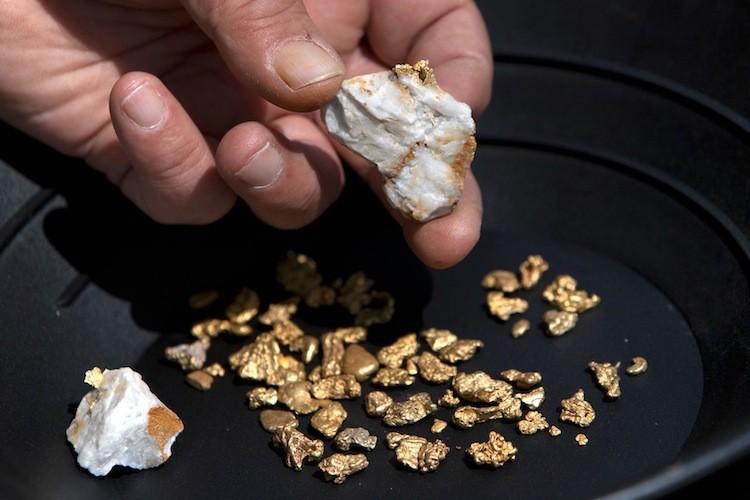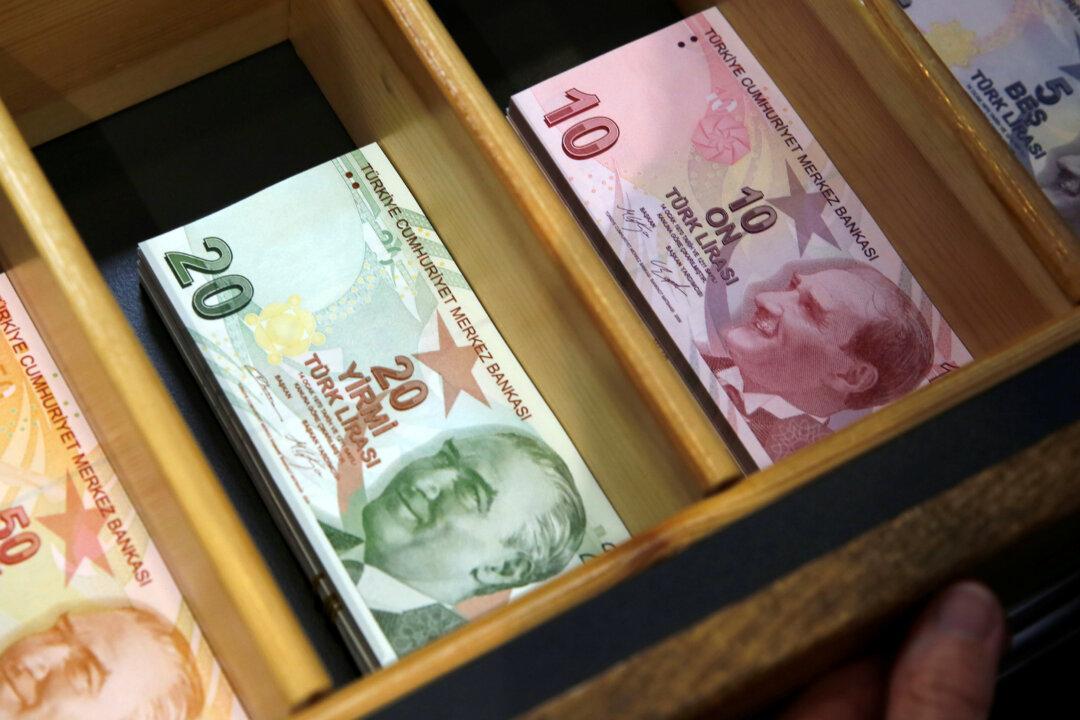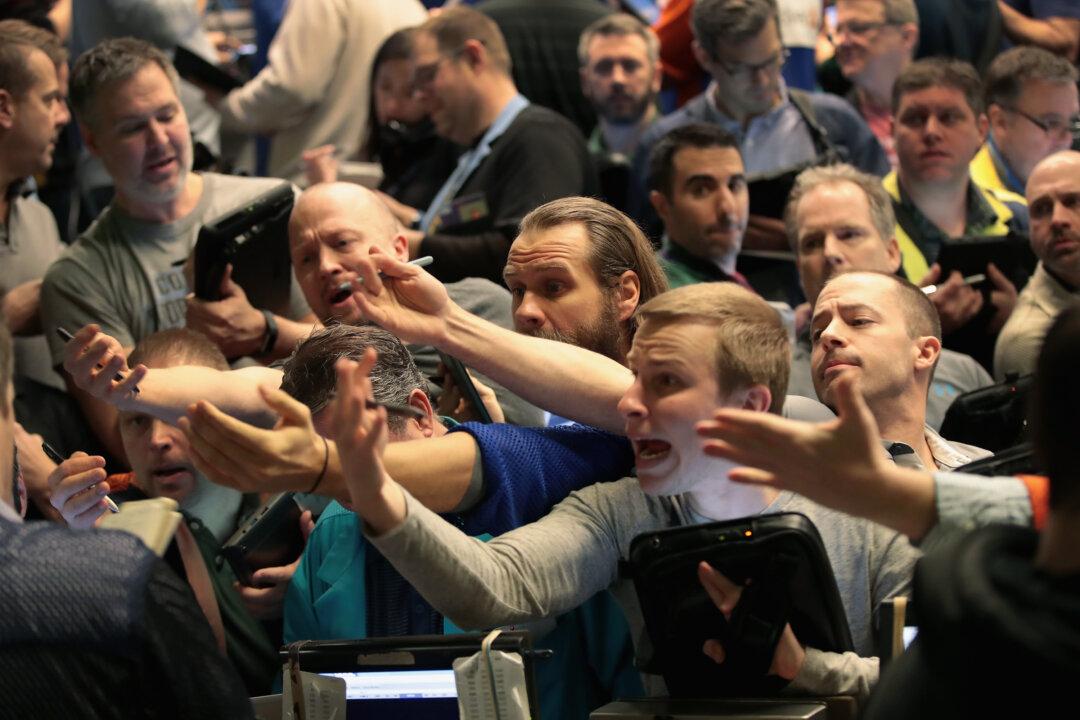There is great consternation in the gold investing world, as gold looks poised to
break out and gold stocks remain moribund or even ready to break down.
Under normal circumstances, gold stocks should do even better than the underlying asset, especially in times of market stress. The ownership structure of stocks and gold itself explains the divergence in price performance.





